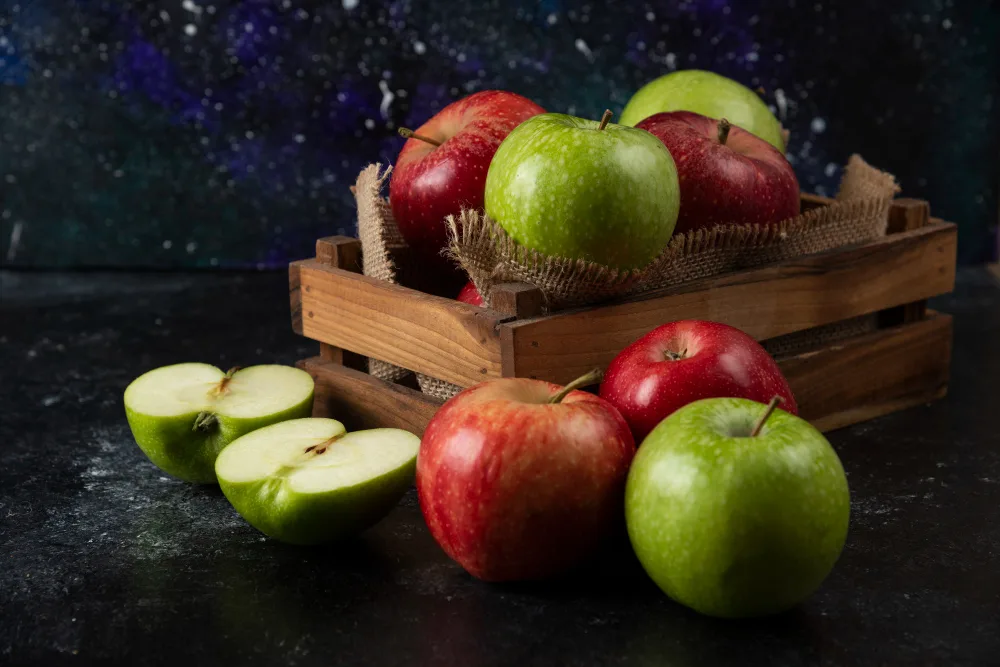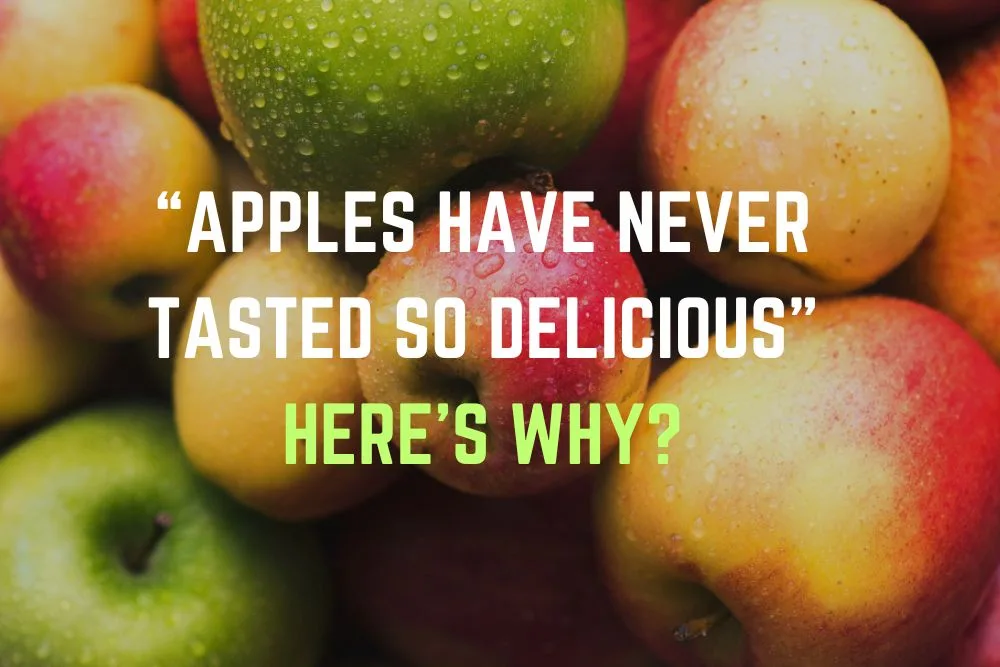We are in a golden era of apples, with diverse, delicious options available nearly year-round, unlike anything imagined just a few decades ago. This revolution is thanks to a blend of scientific advancements, innovation, multi-generational knowledge transfer, and the dedication of countless individuals committed to apple cultivation.
The Rise of Apple Variety
Apples have come a long way since the days when Red Delicious and Golden Delicious were the primary choices in the U.S. For many years, these two varieties dominated the market, with Red Delicious boasting an appealing deep red color but lacking in flavor, and Golden Delicious offering mild but unremarkable taste. The tart Granny Smith, originally from Australia and introduced to the U.S. market in the 1980s, offered a green alternative. But overall, the market was static and limited.
This stagnation began to shift with the introduction of the Honeycrisp apple in the 1980s. David Bedford, an apple researcher at the University of Minnesota, recalls tasting the Honeycrisp for the first time, realizing its texture was groundbreaking. Chris Gottschalk, a USDA geneticist, notes that Honeycrisp introduced a unique combination of crispness with high-acidity and sweetness, a trait that North American consumers quickly embraced. Today, Honeycrisp and other innovative apples are household staples.
The History and Origins of Apples
Modern apples (Malus domestica) trace their lineage to Malus sieversii, which still grows in the wild in Kazakhstan and bears small, variable fruits. Farmers began cultivating apples around 10,000 to 4,000 years ago in Central Asia’s Tian Shan Mountains, and apples spread rapidly along trade routes like the Silk Road. Over time, varieties were crossbred with Malus sylvestris. Romans later introduced techniques for grafting apple trees, spreading apple cultivation across their empire.
Historical records can sometimes be confusing, as “apple” was once a term for any fruit. The Garden of Eden’s “apple” was likely a fig, and Greek myths may refer to quinces instead. Some apple-related legends, such as Johnny Appleseed’s role in spreading apple seeds across the U.S., have more basis in fact, as early settlers mainly used apples to make hard cider.
A New Era: “Before Honeycrisp” and “After Honeycrisp”
Honeycrisp was a turning point for the apple industry. Bedford describes the apple market as having two phases: “before Honeycrisp” and “after Honeycrisp.” Previously, apples were categorized as soft or firm. Honeycrisp’s ultra-crisp texture prompted a re-evaluation of what the Apples have never tasted so delicious consumers wanted, influencing many newer apple varieties today.

Demand for better-tasting apples spurred an expansion in variety, leading to popular types like SnapDragon, SweeTango, and Cosmic Crisp. Retailers like Giant grocery stores now offer more than 20 apple varieties year-round, double the choices available a decade ago. Today’s most-produced U.S. varieties include Gala, Red Delicious, Honeycrisp, and Fuji, with Cosmic Crisp quickly gaining ground.
How New Apples Are Breed?
A common misconception is that apple seeds can produce identical trees, but they do not “breed true.” Each seed is genetically unique, blending traits from two parent trees. Breeders start by cross-pollinating trees they believe will yield favorable qualities, often using Honeycrisp as one parent to pass on its crisp texture.
After pollination, parent trees bear apples with seeds carrying new genetic combinations. Once seeds are sprouted, breeders test them for traits like acidity, crispness, skin color, and disease resistance. Only trees with promising characteristics are allowed to mature and undergo grafting, which is essential for replicating desirable traits.
Grafting allows breeders to “fix” genetic qualities. Branches from trees with favorable traits are grafted onto rootstocks, which then provide nutrition without altering the fruit’s characteristics. Many modern orchards use dwarf rootstocks that keep trees manageable and increase the number of apples a tree can bear, making commercial production more efficient.
The Tasting Process
Apple breeders like Bedford and Susan Brown (Cornell University) personally taste hundreds of apples to evaluate new varieties. They use advanced tools to measure qualities such as firmness, sugar (Brix level), and acidity, but ultimately, flavor is best judged by taste. Only a few out of thousands of seedlings make it through the rigorous selection process.
The Future of Apple Breeding
Apple researchers are optimistic about the future. Many new apples being developed focus on disease resistance, durability in storage, and flavor variety. Improved storage technology helps apples stay fresh longer, with some apples now lasting up to a year when stored under controlled conditions. Innovations in storage also enable year-round availability of popular varieties, allowing for better market distribution.
The USDA and universities play key roles in funding and supporting Apple research, which has enabled the rapid expansion in variety. New varieties will focus on consumer traits and environmental resilience, creating apples that are both sustainable and profitable.
In 15 to 20 years, consumers will see even more delicious apples that are resilient and eco-friendly.
The Joy of Apple Discovery
Thanks to modern breeding, apple lovers have access to an unparalleled variety of apples. Whether enjoying an Evercrisp, SweeTango, Cosmic Crisp, or another unique variety, each bite represents years of scientific research, tradition, and dedication.
